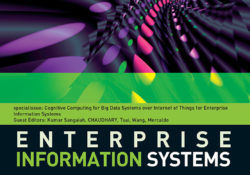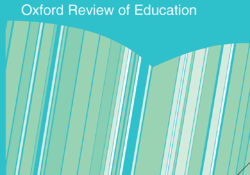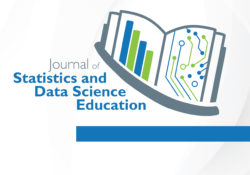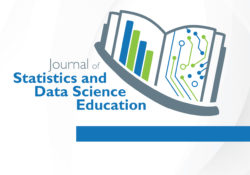tandfonline.com har udgivet en rapport under søgningen “Teacher Education Mathematics”: An evolution of performance data in higher education governance: a path towards a ‘big data’ era? Link til kilde
Like this:
Like Loading...
tandfonline.com har udgivet en rapport under søgningen “Teacher Education Mathematics”: ABSTRACT ABSTRACT Background: There is a growing view that ‘Big Ideas of science education’ are useful for teaching science but there is not much knowledge of how teachers work with them. Purpose: This study explores the conceptualisation and practice of the use of Big Ideas of science education by primary and secondary teachers in Chile. Sample: A total of 63 science teachers (a purposive sample) from pre-school, primary and secondary education in Valparaíso Region in Chile participated in the study, with 38 of them answering all the questions in the research instrument and 25 answering some of them. Design and methods: The research instrument was a questionnaire with open-ended questions. Results: The use of Big Ideas was seen as the… Continue Reading →
Like this:
Like Loading...
tandfonline.com har udgivet en rapport under søgningen “Teacher Education Mathematics”: Link til kilde
Like this:
Like Loading...
tandfonline.com har udgivet en rapport under søgningen “Teacher Education Mathematics”: Link til kilde
Like this:
Like Loading...
tandfonline.com har udgivet en rapport under søgningen “Teacher Education Mathematics”: ABSTRACT ABSTRACT Despite UNESCO’s Learning Cities agenda, which argues for the mobilisation of resources to promote education across all sectors and environments, there is little evaluative research on Learning City engagement which is both naturalistic and empirically rigorous. The research on informal adult learning in urban contexts is particularly sparse. This paper provides a case study of informal learning and lifewide literacies amongst Glaswegian adults using three distinct approaches to data collection: a household survey capturing rich data on learning attitudes, behaviours, and literacies; GPS trails that track mobility around the city; and the capture of naturally occurring social media. The work operationalises Learning City indicators, and explores domains beyond education, some of which have not previously been considered in… Continue Reading →
Like this:
Like Loading...
tandfonline.com har udgivet en rapport under søgningen “Teacher Education Mathematics”: ABSTRACT ABSTRACT We discuss the learning goals, content, and delivery of a University of Plymouth intensive module delivered over four weeks entitled MATH1608PP Understanding Big Data from Social Networks, aimed at introducing students to a broad range of techniques used in modern Data Science. This module made use of R, accessed through RStudio, and some popular R packages. After describing initial examples used to fire student enthusiasm, we explain our approach to teaching data visualization using the ggplot2 package. We discuss other module topics, including basic statistical inference, data manipulation with dplyr and tidyr, data bases and SQL, social media sentiment analysis, Likert-type data, reproducible research using RMarkdown, dimension reduction and clustering, and parallel R. We present four lesson outlines… Continue Reading →
Like this:
Like Loading...
tandfonline.com har udgivet en rapport under søgningen “Teacher Education Mathematics”: ABSTRACT ABSTRACT Because of their efficiency and ability to keep many other factors constant, twin studies have a special appeal for investigators. Just as with any teaching dataset, a “matched-sets” dataset used to illustrate a statistical model should be compelling, still relevant, and valid. Indeed, such a “model dataset” should meet the same tests for worthiness that news organization editors impose on their journalists: are the data new? Are they true? Do they matter? This article introduces and shares a twin dataset that meets, to a large extent, these criteria. In fact, while more than two decades old, the data are still widely cited today in ongoing related research. This dataset was the basis of a clever study that confirmed… Continue Reading →
Like this:
Like Loading...






